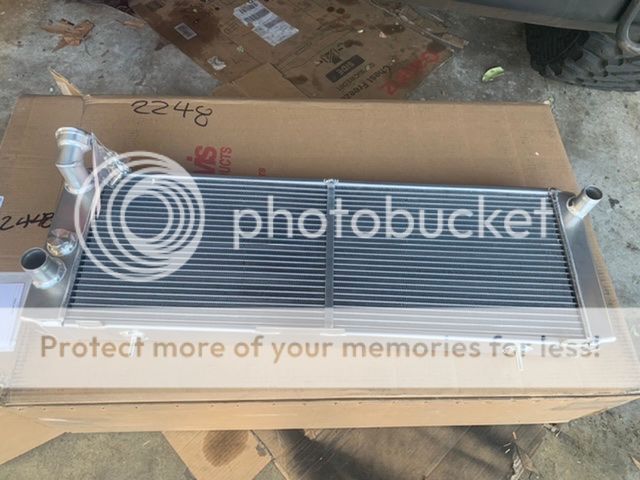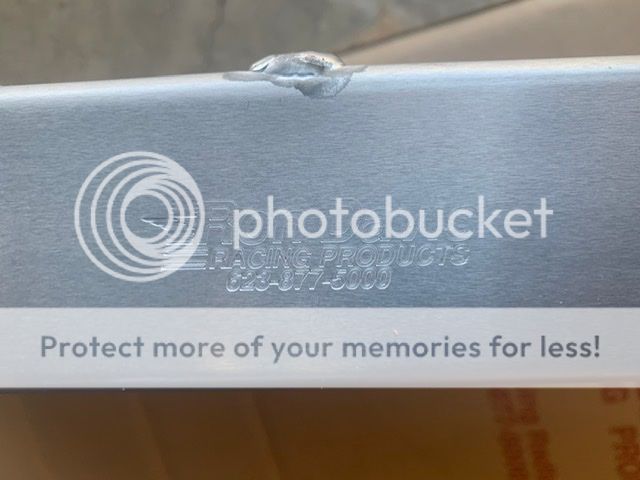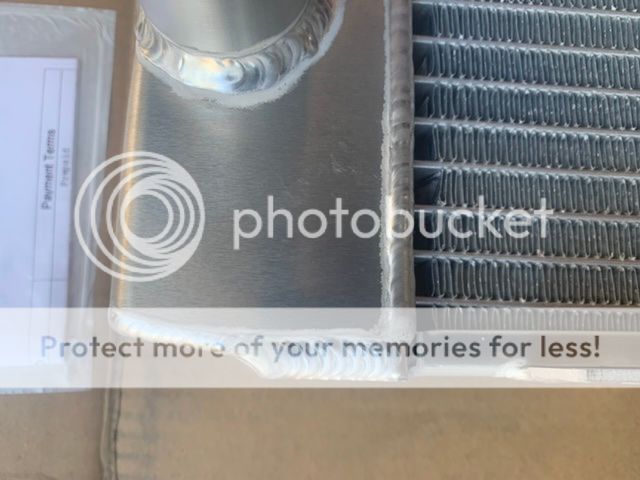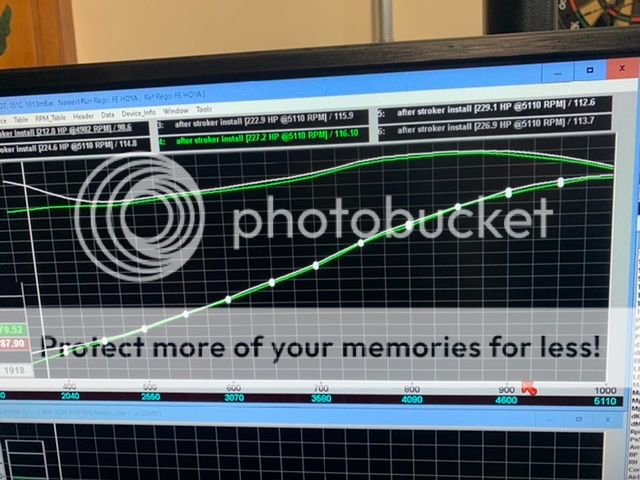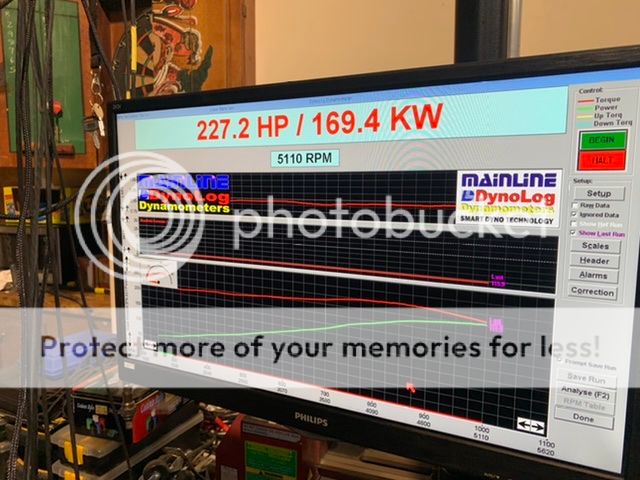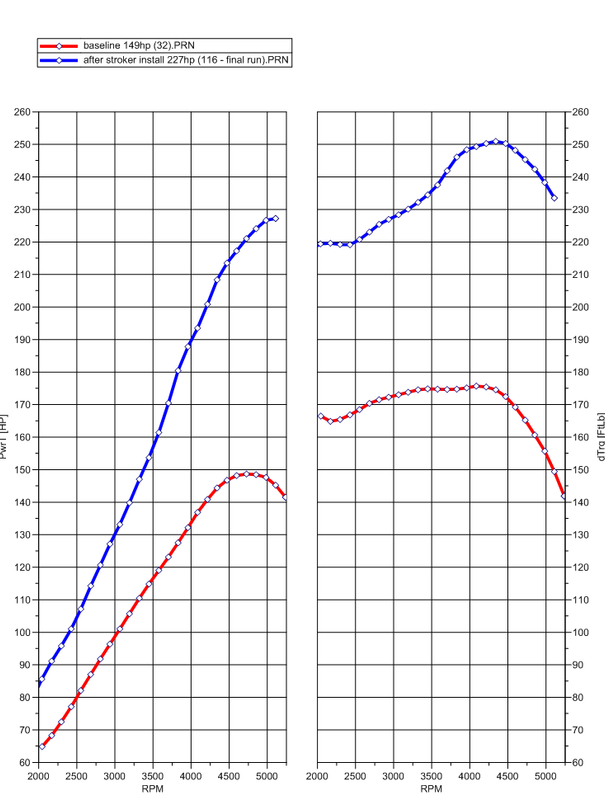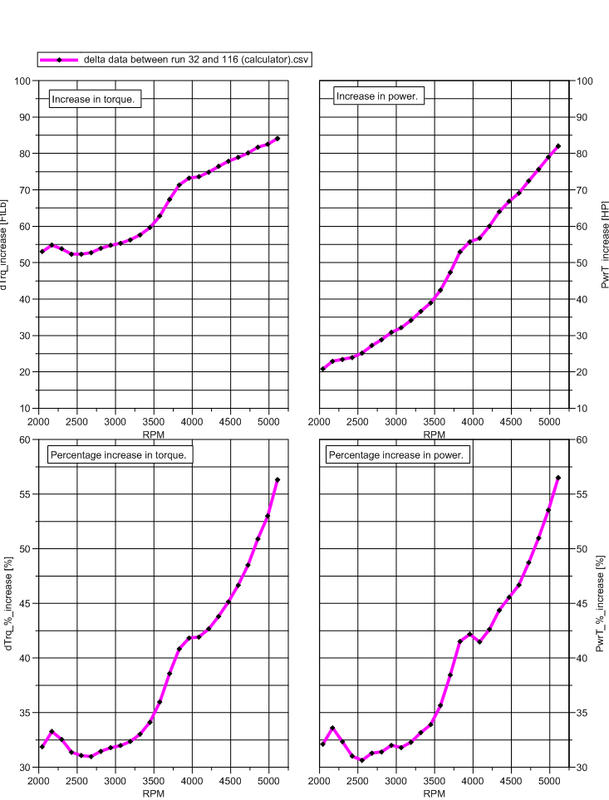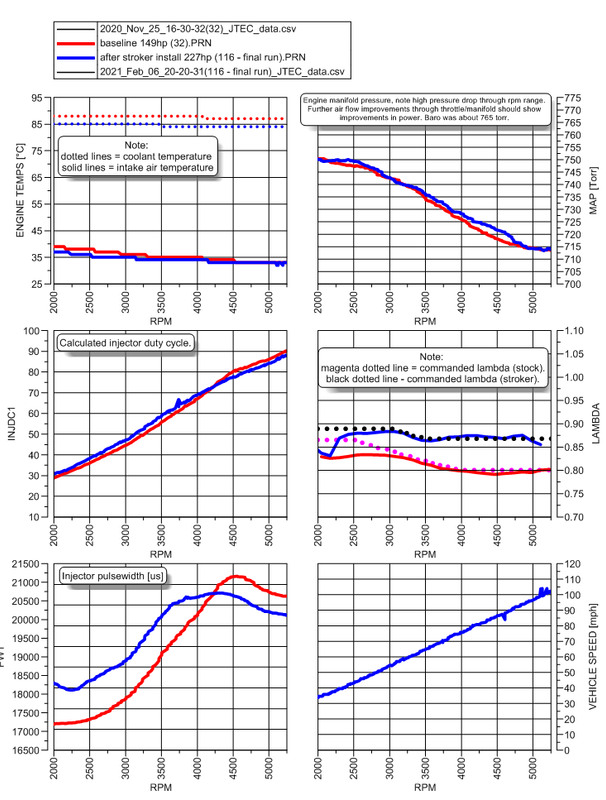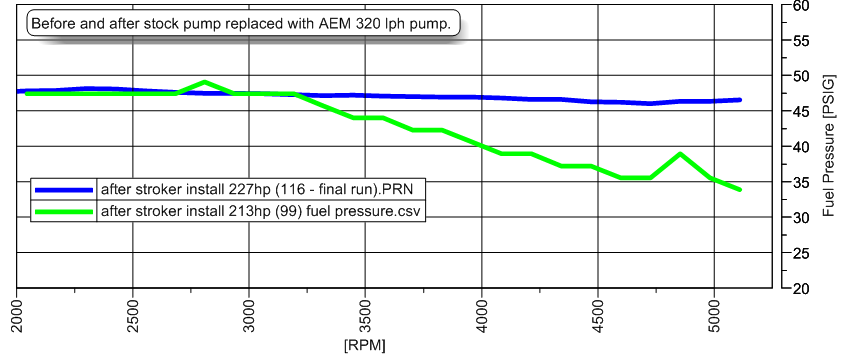- Location
- Reno, NV
I have a Chinese aluminum radiator that has been in my rig for about 8 years, but with the Stroker I want to make sure I keep it nice and cool, so before I installed the engine I decided to order a Ron Davis radiator and upgrade, and it just came in today! It is all aluminum and looks really well made. I guess we will see if it was worth it and works well.
